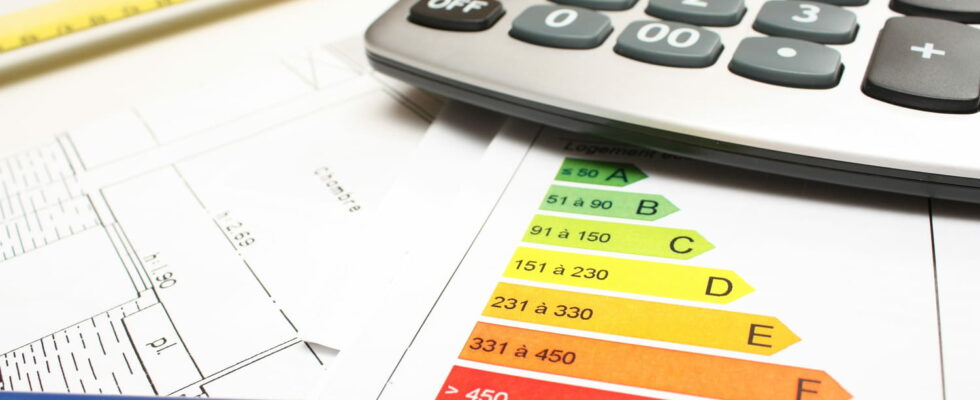Due to a lack of serious control, a new fraud is currently spreading. Scammers obtain energy performance diagnostics of convenience to deceive customers about housing.
Since its introduction, the energy performance diagnosis (DPE) has become an essential document for the sale or rental of housing. It allows you to know the energy consumption of a property and its impact in terms of greenhouse gas emissions. But with the tightening of the law and the lack of controls, it also constitutes a tool for scams. And many scammers are taking advantage of this moment to sell or rent non-compliant housing, and in particular thermal strainers.
Since January 2023, housing consuming more than 450 kWh/m² per year, classified G+, has been prohibited for rental. In 2025, it will be the turn of properties rated G, then those rated F in 2028 and finally E in 2034. These strict rules have pushed some owners to commit fraud to obtain better ratings on their DPE.
To understand how these scams work, you must first know that the DPE must be carried out by a certified diagnostician. This professional carries out precise measurements to assess the energy performance of a home. However, faced with the increasing demands of regulations, some owners do not hesitate to call on unscrupulous diagnosticians who agree to falsify the results in exchange for remuneration.
One of the most common scams involves carrying out a DPE of convenience. As reported by Le Parisien in an article published on June 20, 2024, a Parisian owner had a false DPE established to rent her studio to friends. These tenants, aware of the real energy situation, do not file a complaint, which allows the owner to circumvent the rental bans.
Another method of fraud concerns aid for energy renovation. Some diagnosticians voluntarily assign a bad rating to the DPE so that owners can obtain subsidies intended to improve the energy performance of their homes. Once assistance has been obtained, owners can, with the complicity of certain construction professionals, divert the funds for other purposes. Then, the diagnostician comes back and gives a better score, thus validating sometimes non-existent work. This practice is particularly alarming, given that nearly 8 billion euros were distributed last year on the basis of DPE.
These frauds are facilitated by the arrival of many new diagnosticians who cut prices and do not respect standards. These unscrupulous practices have led experienced professionals to leave the profession, denouncing an environment that has become hostile and a veritable den of crooks. The insurance of these diagnosticians is also becoming more and more expensive, with false diagnoses being increasingly challenged in court.
For potential tenants and buyers, it is crucial to remain vigilant. Here are some tips to avoid falling into the trap of fake DPEs. First, make sure the diagnostician is certified by a recognized organization. You can request to see its certification and check its validity online. Then, compare several diagnoses: if a DPE seems suspicious, do not hesitate to have a second evaluation carried out by another professional. Furthermore, ask for proof: a serious diagnostician must be able to provide proof of the measurements taken (photos, readings, etc.). Finally, be wary of discounted diagnostics. A price that is too low can be a sign of a lack of seriousness or an attempt at fraud.
